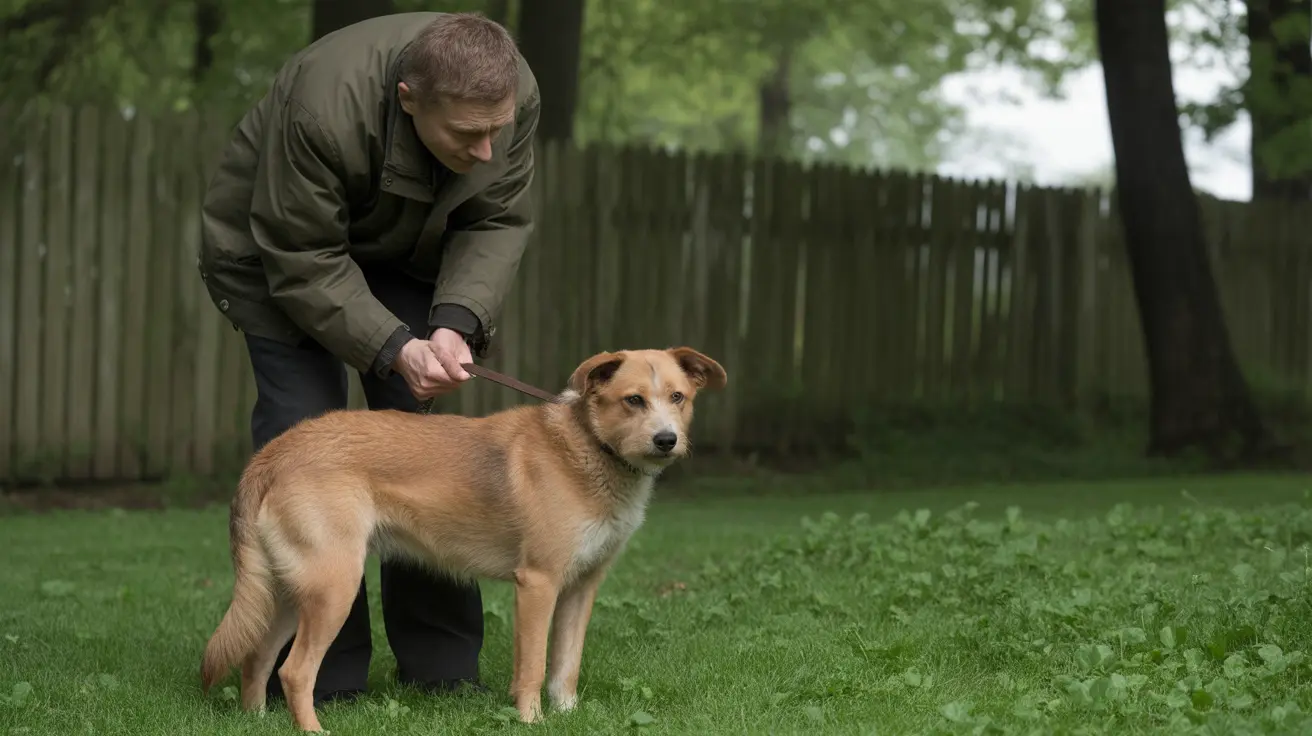The Most Poisonous Flower to Dogs: Gloriosa Lily
While many flowers can be toxic to pets, one of the most dangerously poisonous flowers to dogs is the Gloriosa lily, also known as the Flame Lily. Native to parts of Asia and Africa, this plant contains a lethal alkaloid called colchicine, which has been known to cause multi-organ failure and even death in dogs when ingested. Even though other lilies can be toxic, the Gloriosa lily stands apart due to its severe, systemic toxic effects.
Understanding the Risks
Dog owners often misunderstand the level of danger certain lilies pose. While many lilies cause only gi tract upset in dogs, some varieties are far more perilous. Among these, the Gloriosa lily carries the greatest risk because its tubers contain colchicine, which is highly toxic.
What Makes Gloriosa Lily So Dangerous?
The key toxic compound in Gloriosa lily is colchicine. This compound affects cell division and can disrupt many critical processes in the body. Once a dog ingests part of the plant, especially the roots or tubers, symptoms can rapidly escalate.
- Small ingestion can be fatal.
- Colchicine poisoning has no antidote.
- Early and aggressive veterinary intervention is essential.
Symptoms of Gloriosa Lily Poisoning in Dogs
Since Gloriosa lily poisoning can lead to systemic organ failure, recognizing the symptoms early is critical. Look out for the following signs:
- Vomiting and diarrhea
- Severe dehydration
- Lethargy and collapse
- Liver damage and kidney failure
- Bone marrow suppression
- Seizures and multiple organ dysfunction
Other Poisonous Lilies to Dogs
Though Gloriosa lily is the most dangerous, the following types can also cause serious health issues:
- Lily of the Valley: Contains cardiac glycosides that can lead to heart failure and death.
- Peace Lily and Calla Lily: Contain calcium oxalate crystals causing severe oral irritation and swelling.
- Prairie Lily: Bulbs can cause intense vomiting and diarrhea.
Comparison of Toxic Lilies in Dogs
Below is a comparison of different lilies and their effects on dogs:
- Gloriosa Lily: Most toxic; causes multi-organ damage and has no antidote.
- Lily of the Valley: Affects the heart severely; can be fatal.
- Peace and Calla Lily: Causes oral irritation and discomfort but rarely fatal.
- Other ornamental true lilies: Generally cause GI upset.
Treatment and Veterinary Care
If ingestion is suspected, immediate veterinary attention is required. Treatments may include:
- Induced vomiting and activated charcoal (if within 1–2 hours of ingestion)
- IV fluids to flush toxins and preserve organ function
- Medication to protect the GI tract and internal organs
- Hospitalization and monitoring for more severe symptoms
Since there is no specific antidote for colchicine, supportive and symptomatic care is the only effective approach. Time is a critical factor in survival.
Preventing Lily Poisoning in Dogs
Owners can take proactive steps to eliminate lily-related toxic risks:
- Do not plant or keep lilies inside or outside your home if you have pets.
- Carefully inspect floral arrangements for lily species and remove them.
- Train your dog not to chew on plants or flowers.
- Remove any stagnant water from vases containing lilies.
- Check landscaping at new properties before letting pets roam.
Why Awareness Matters
Despite their beauty, lilies should be treated with extreme caution around pets. Many pet owners remain unaware of the danger specific varieties pose. By becoming informed and cautious, pet owners can protect their dogs from life-threatening exposures.
In conclusion, if you're a dog owner, the Gloriosa lily is the most poisonous flower to keep out of reach. From its toxic colchicine content to the risk of multi-organ failure, this plant should never be kept in homes or gardens with pets.





